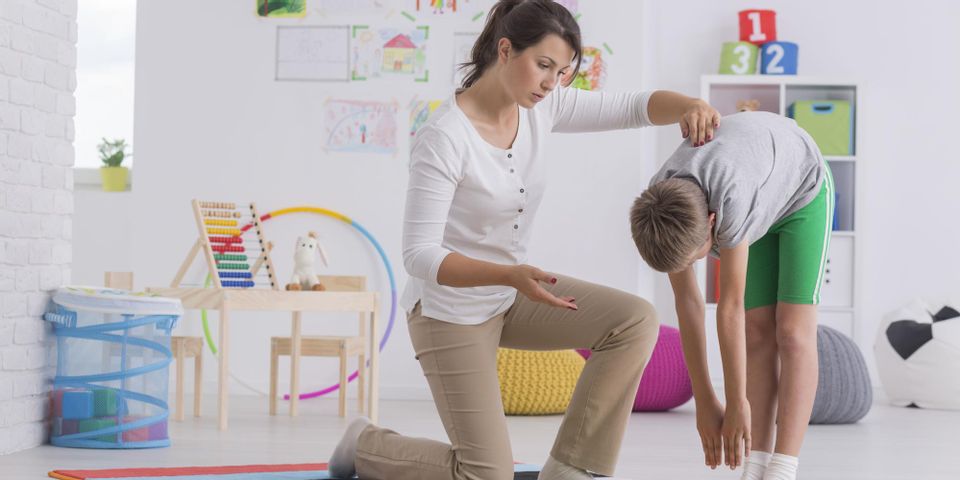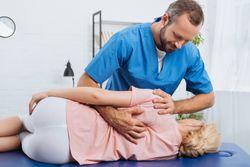
Scoliosis is a disease typically diagnosed in children and young adults that is emphasized by the curve in the spine in the shape of an S or C. While it is not usually life-threatening, it may cause back pain or some discomfort and treatment may be needed. Here are some frequently asked questions about the disease.
FAQ About Scoliosis
What Causes Scoliosis?
Most cases of scoliosis do not have any known causes, giving it the name “idiopathic” scoliosis. However, it tends to be part of your genetic makeup and can run in families. In fact, many adolescent idiopathic scoliosis patients have a family member with it.
There are two other forms of scoliosis that do have known causes. Congenital scoliosis happens when part of one or more vertebra does not form or separate completely during development, causing the spine to shift off balance. Neuromuscular scoliosis is a result of any medical nervous or muscular condition that leads to scoliosis, such as cerebral palsy.
How Is It Diagnosed?
Children can be tested for it at any age; however, most cases have been found when the child is between 10 and 15 years old, during their growth spurts. Most often it is diagnosed during regular checkups with a doctor or pediatrician.
Will I Be Able to Live a Normal Life?
 In most cases, the answer is yes. Most children go on to lead normal and active lives and are even able to participate in sports. The restrictions the disease puts on life is limited only by the severity of the curve. Those with small curves do not typically need any form of treatment. While larger curves can cause heart and lung problems, as well as back pain and eventual paralysis, proper treatment will prevent these outcomes.
In most cases, the answer is yes. Most children go on to lead normal and active lives and are even able to participate in sports. The restrictions the disease puts on life is limited only by the severity of the curve. Those with small curves do not typically need any form of treatment. While larger curves can cause heart and lung problems, as well as back pain and eventual paralysis, proper treatment will prevent these outcomes.
How Is Scoliosis Treated?
The treatment of scoliosis varies considerably depending on your age, the location of the curve, gender, degree of curve, bone age, symptoms, and developmental stage. Those who have a small curve and are still growing may simply be observed to see if it worsens or begins to cause back pain. For moderate curves (25-45 degrees) in growing children, bracing is recommended to slow any progression.
Surgical treatment is saved for those with a curve degree of 50 or higher to correct and prevent any further progression. Your doctor will work out a treatment plan that specifically meets your needs. He or she may also recommend chiropractic care or physical therapy; these treatments can help to alleviate some back or neck pain associated with scoliosis.
For over 22 years, American Health Chiropractic has been working hard to provide the best comprehensive chiropractic care and massage treatments in the Cincinnati area. To schedule a free consultation, call them at (513) 576-6699 or check out their website to learn more about back pain.
About the Business
Have a question? Ask the experts!
Send your question

